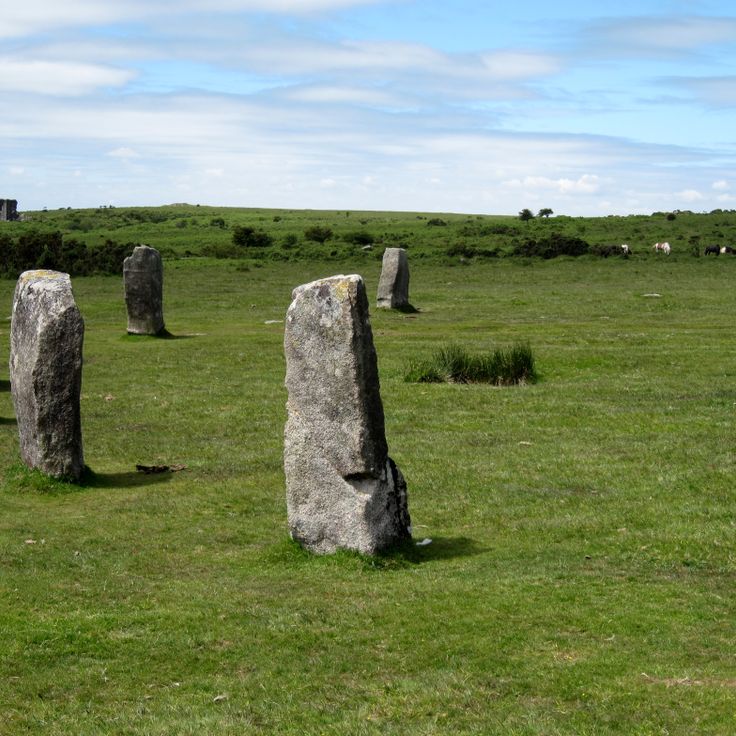Stone circles are megalithic structures from prehistoric times. These monuments served as astronomical observation points and gathering places. The constructions demonstrate the technical abilities of early societies. The stones were placed and aligned with precision. Many of these circles connect to solstices and star constellations.
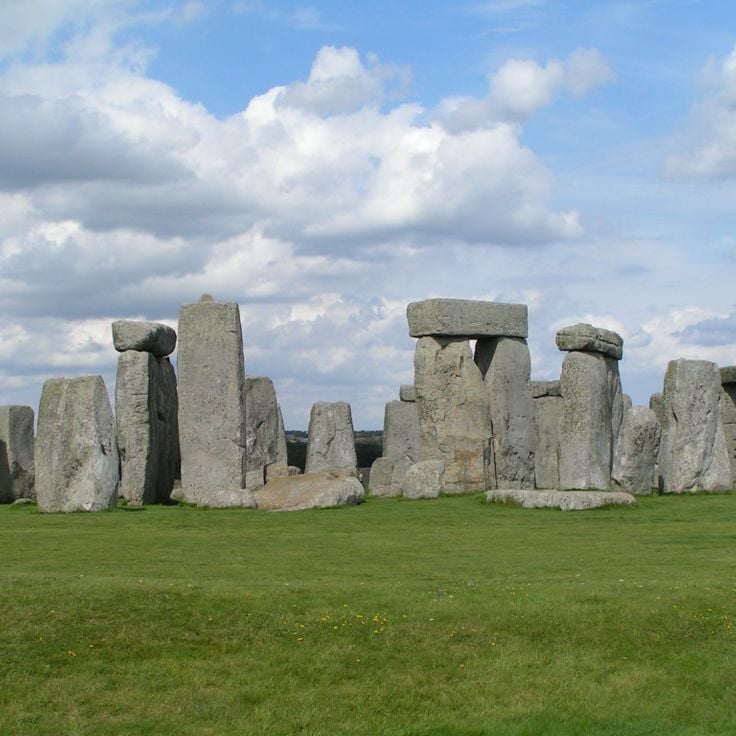
Wiltshire, England
Neolithic stone circle with 30 upright megaliths forming a 30-meter diameter ring, constructed between 3000-2000 BC.
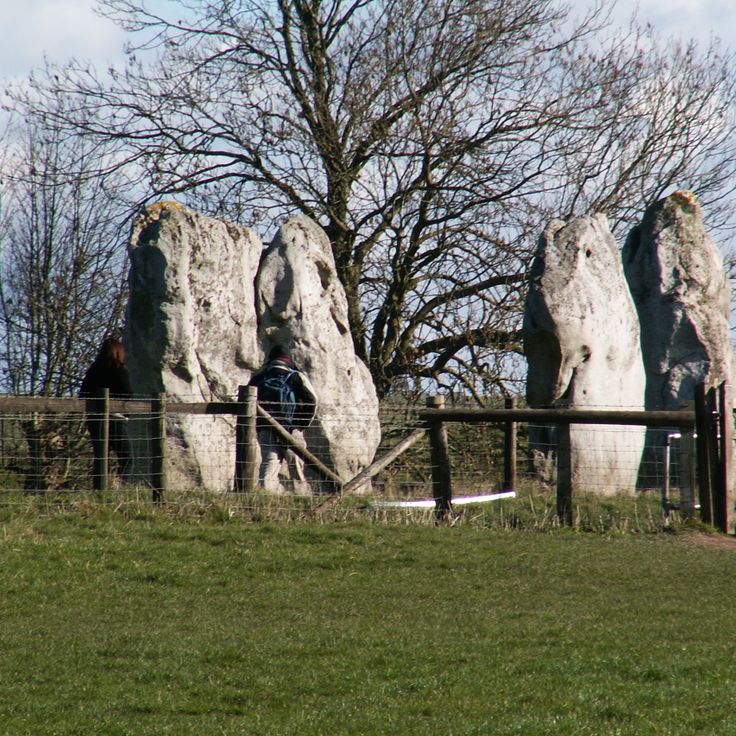
Wiltshire, England
Neolithic stone circle measuring 331 meters in diameter, surrounded by a ditch dating from 2850 BC.
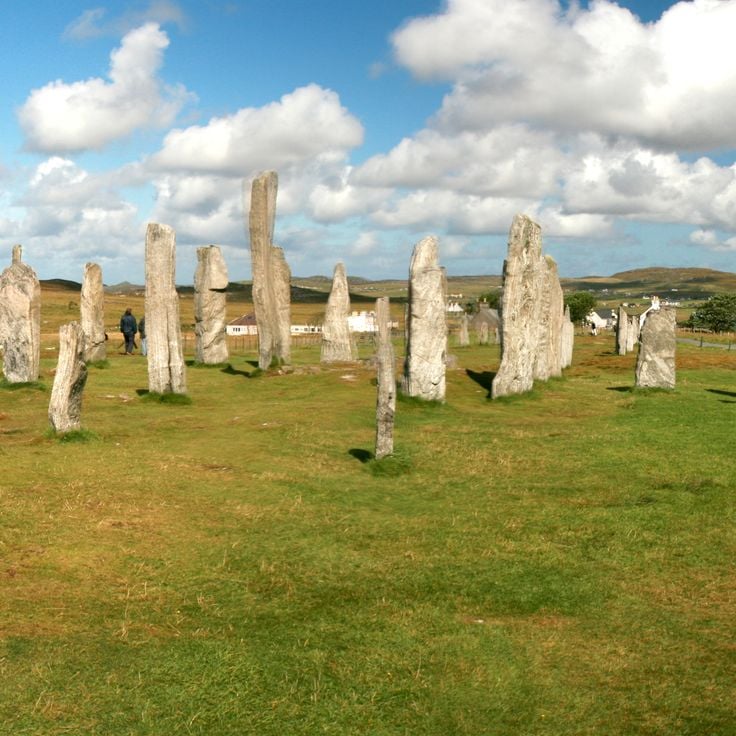
Lewis, Scotland
Neolithic stone circle with central monolith reaching 4.8 meters tall and 13 stones in the main ring.

Orkney, Scotland
Stone circle originally containing 60 stones, with 27 remaining today, surrounded by a 9-meter wide ditch.

Cumbria, England
This stone circle stands in an isolated landscape within Lake District National Park.
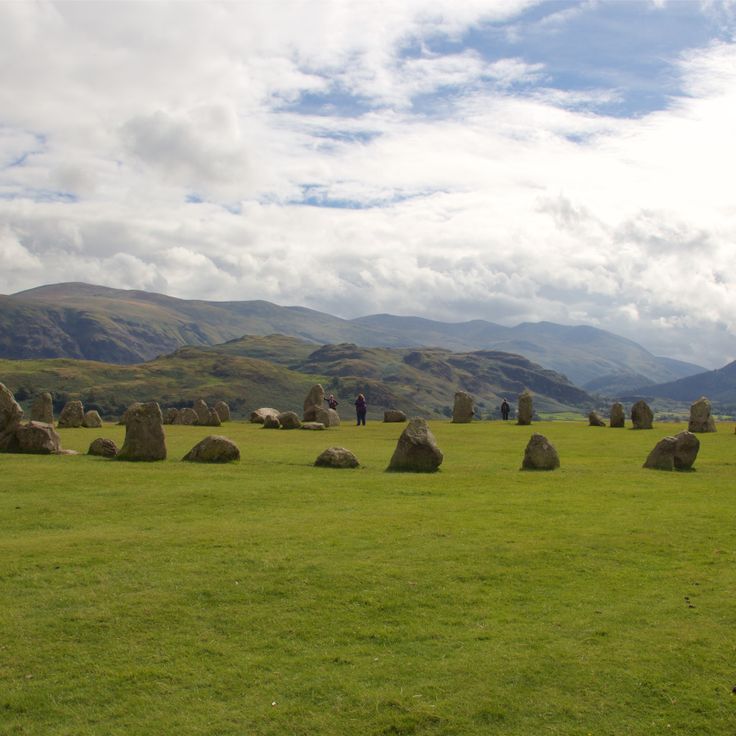
Cumbria, England
Neolithic stone circle surrounded by Lake District peaks dating from 3000 BCE.

Saxony-Anhalt, Germany
Neolithic structure with astronomical alignment built in 4900 BCE.
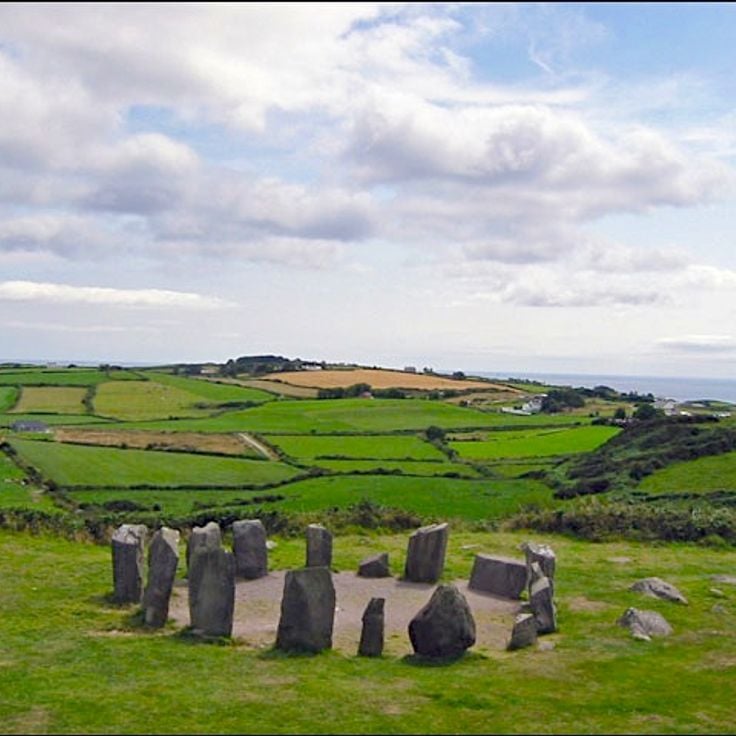
County Cork, Ireland
Bronze Age circle with 17 stones aligned to mark solstice points.
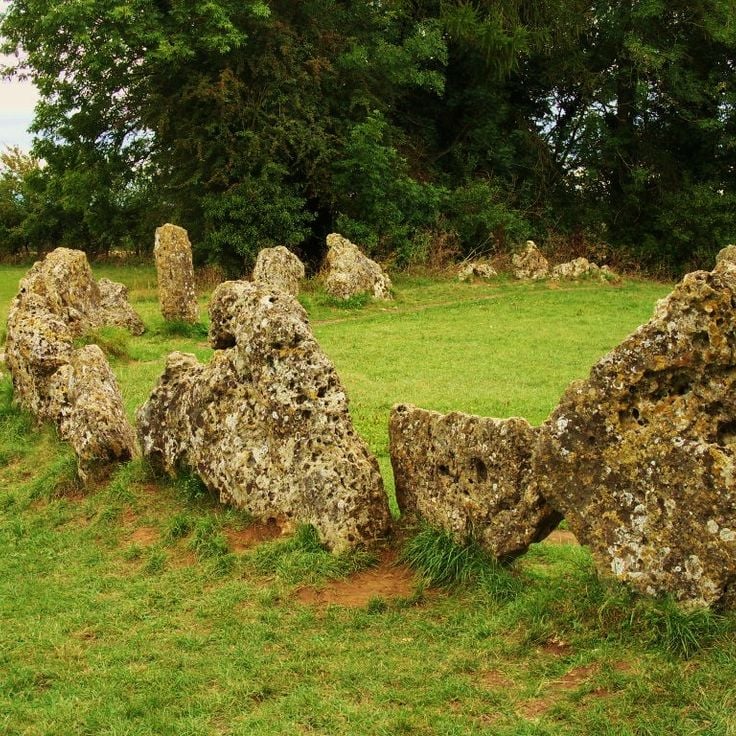
Oxfordshire/Warwickshire border, England
Group of three Neolithic and Bronze Age megalithic monuments.

Cumbria, England
Late Neolithic or early Bronze Age circle with an outlier stone Long Meg.
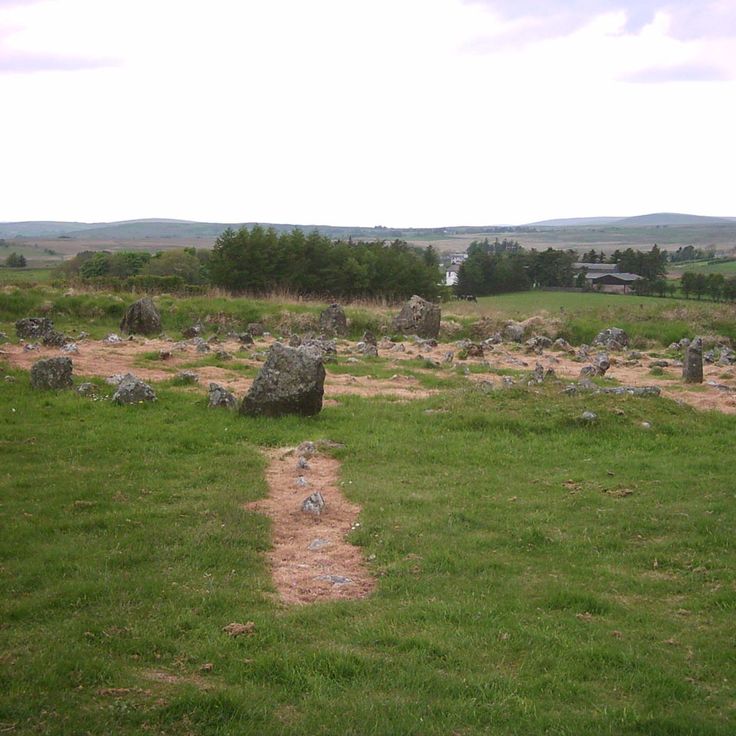
County Tyrone, Northern Ireland
Complex of early Bronze Age megalithic features, stone circles, and cairns.
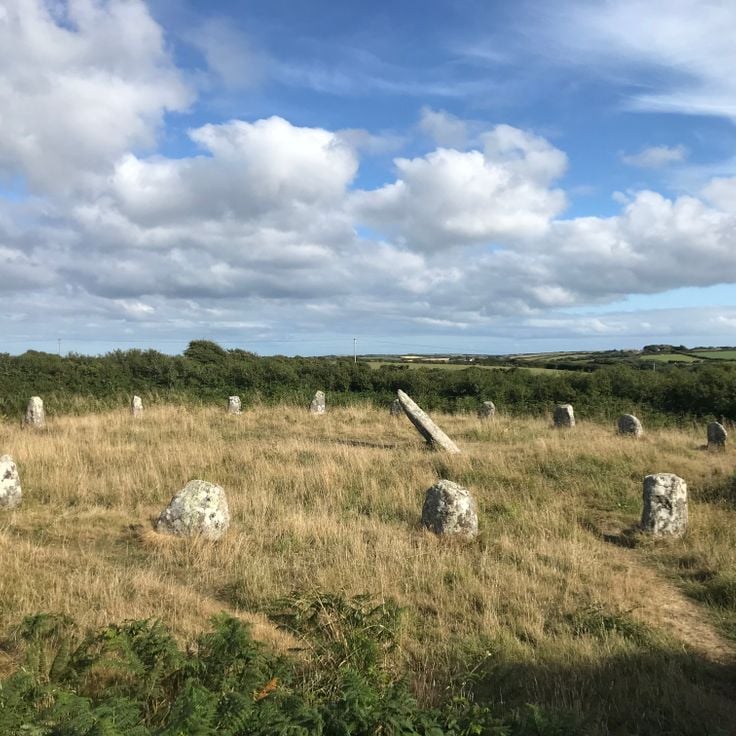
Cornwall, England
Circle of 19 granite stones with a distinctive quartz stone in the center, built during the Bronze Age.
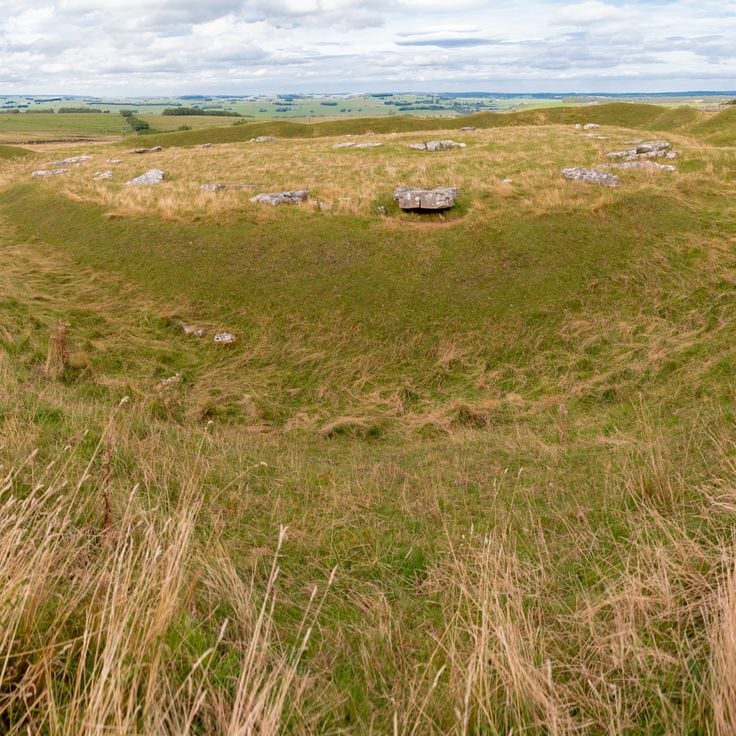
Derbyshire, England
Neolithic stone circle with 50 limestone blocks, surrounded by an earthen bank and ditch.
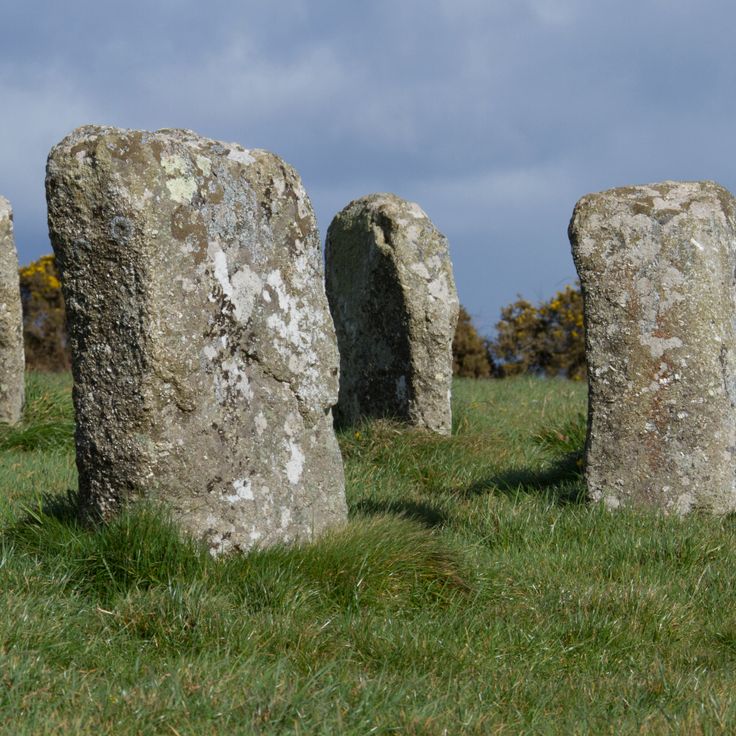
Cornwall, England
Stone circle of 19 evenly spaced granite stones with three meters between each stone.

Shropshire, England
Stone circle at 300 meters elevation with 15 remaining stones from an original count of 30.
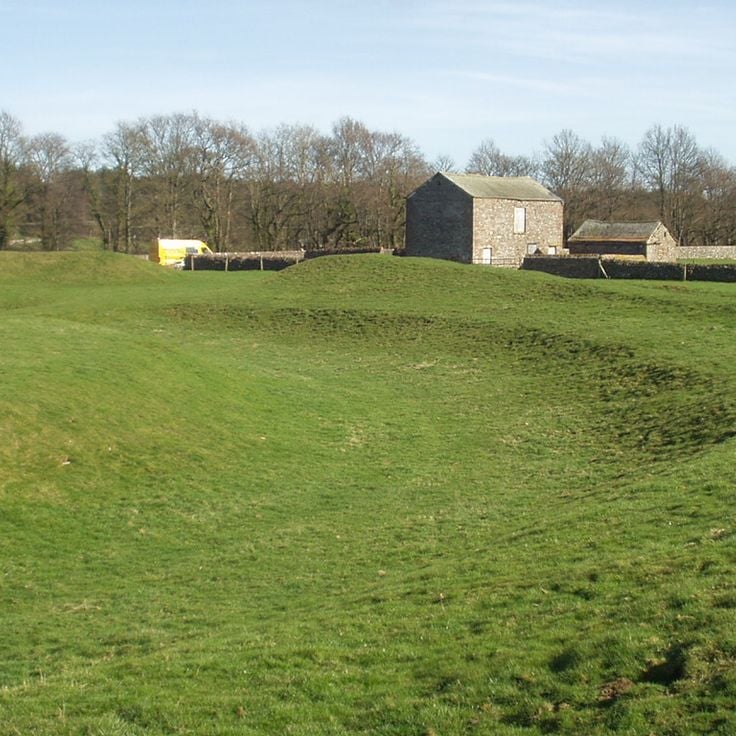
Cumbria, England
A circular monument from the Neolithic period with a diameter of 90 meters. The ditch reaches a depth of 2 meters.
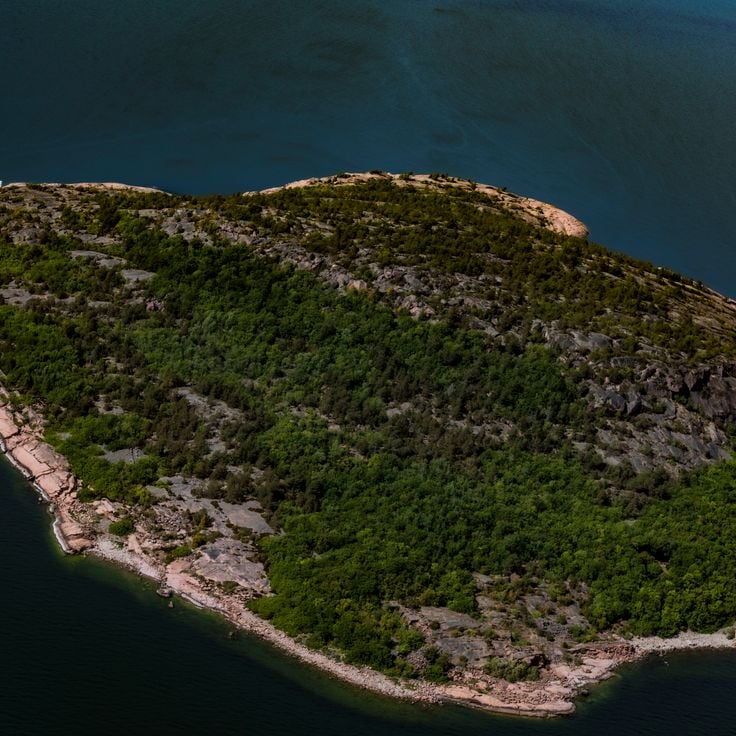
Kalmarsund, Sweden
Granite island with a diameter of 800 meters. A stone labyrinth from the Bronze Age sits on the south side.
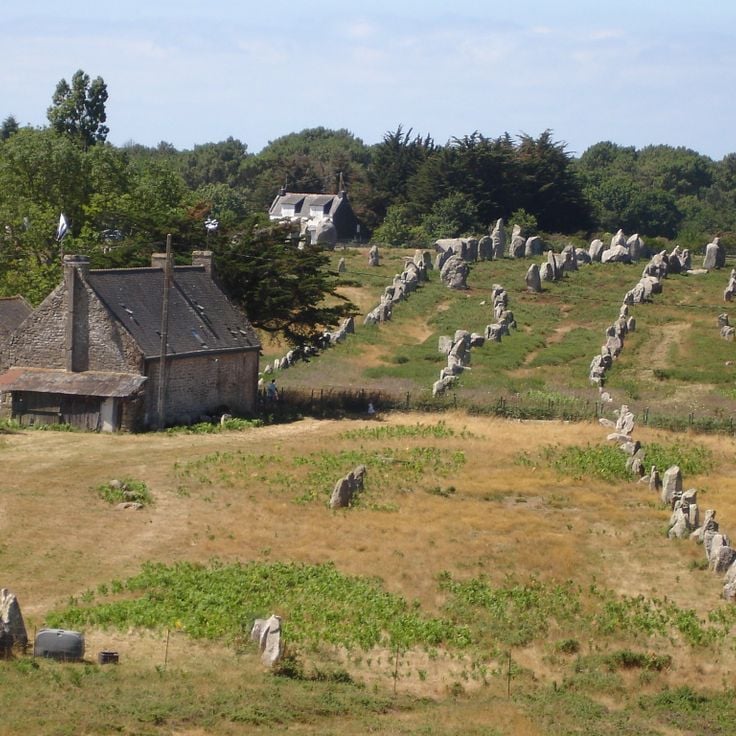
Brittany, France
Stone rows extend over 4 kilometers. The menhirs were erected between 4500 and 2500 BCE.
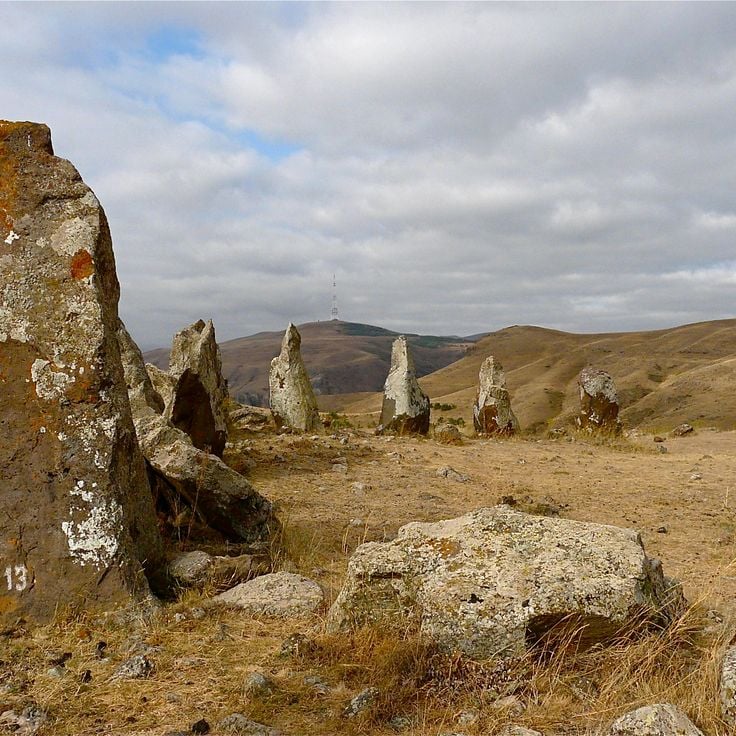
Syunik Province, Armenia
Stone circle of 223 basalt blocks on 7 hectares of land. 80 stones have holes in their upper section.

Cornwall, England
The neolithic stone circle contains a water source and was used by Celtic people as a religious location.
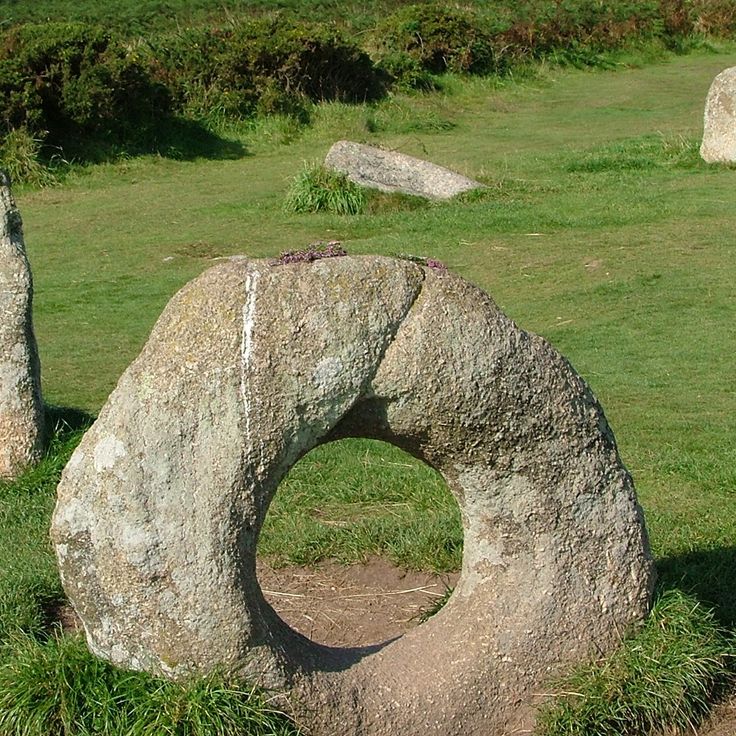
Cornwall, England
Bronze Age monument with three standing stones, one featuring a round hole in its center.

Golan Heights, Israel
Bronze Age stone circles with five concentric rings and a central burial mound measuring 25 meters in diameter.
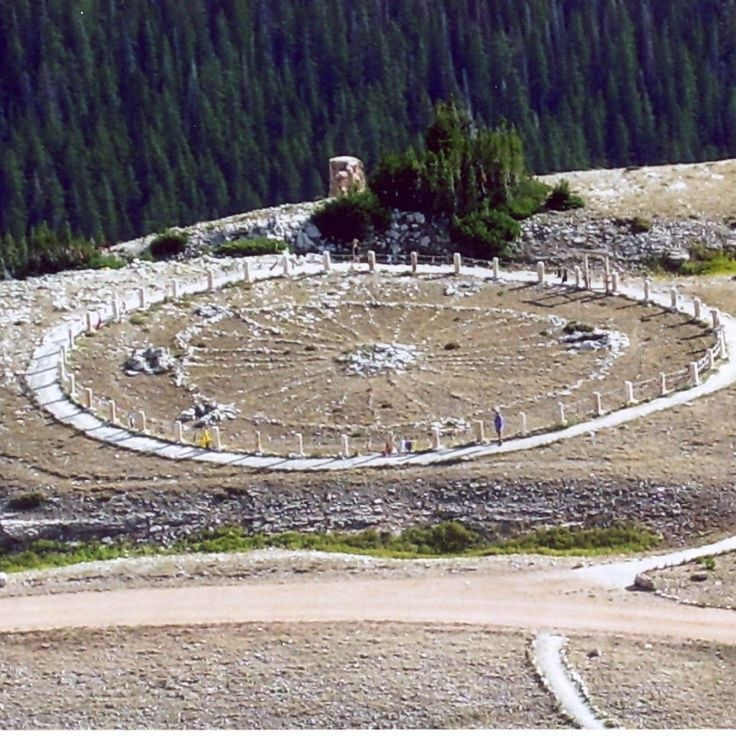
Wyoming, USA
Native American stone circle with 28 spokes used for observing summer and winter solstices.

Cumbria, England
This stone monument consists of two rings with an outer diameter of 24 meters. It stands on the Furness peninsula.
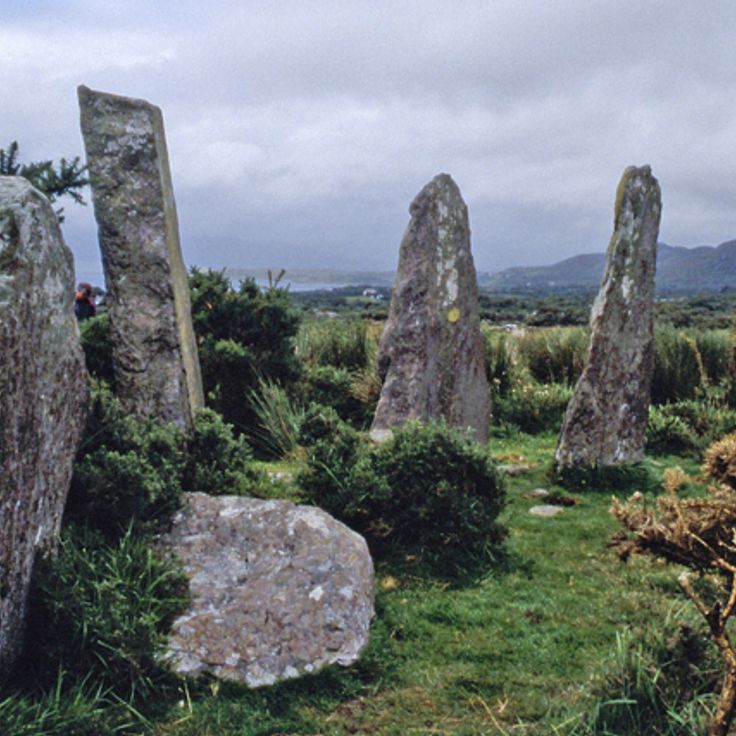
County Cork, Ireland
Stone formation with nine upright stones on elevated ground. The location provides a view of Kenmare Bay.

County Kerry, Ireland
An oval stone circle of fifteen stones. A large megalith stands in the center. The site bears the name The Shrubberies.

West Yorkshire, England
A stone circle on Ilkley Moor. From the original twelve stones, eight remain and stand upright.
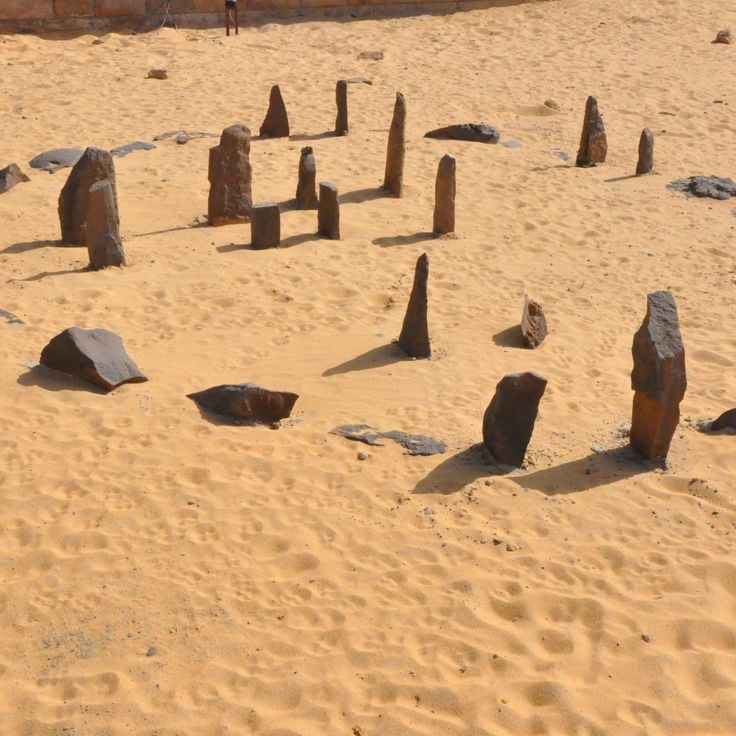
Western Desert, Egypt
The megalithic structure from the sixth millennium BCE served to observe star movements and the position of the sun.
